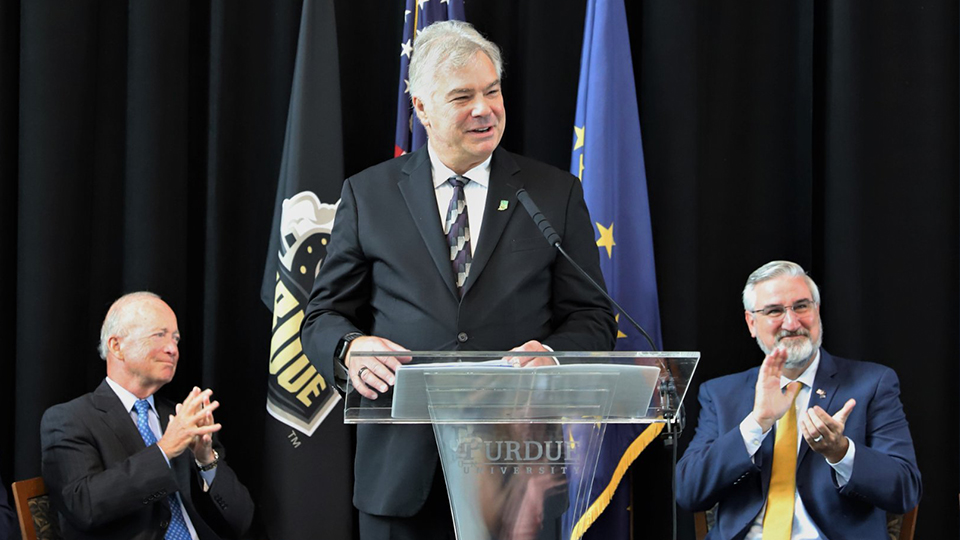SkyWater project critical in microelectronics push
August 10, 2022


|
{main_contact_name} |
13598 East WestGate Drive |
August 10, 2022

© Copyright 2025 Westgate@Crane
All rights reserved. | Website developed by Marketing Alliance |Privacy Policy